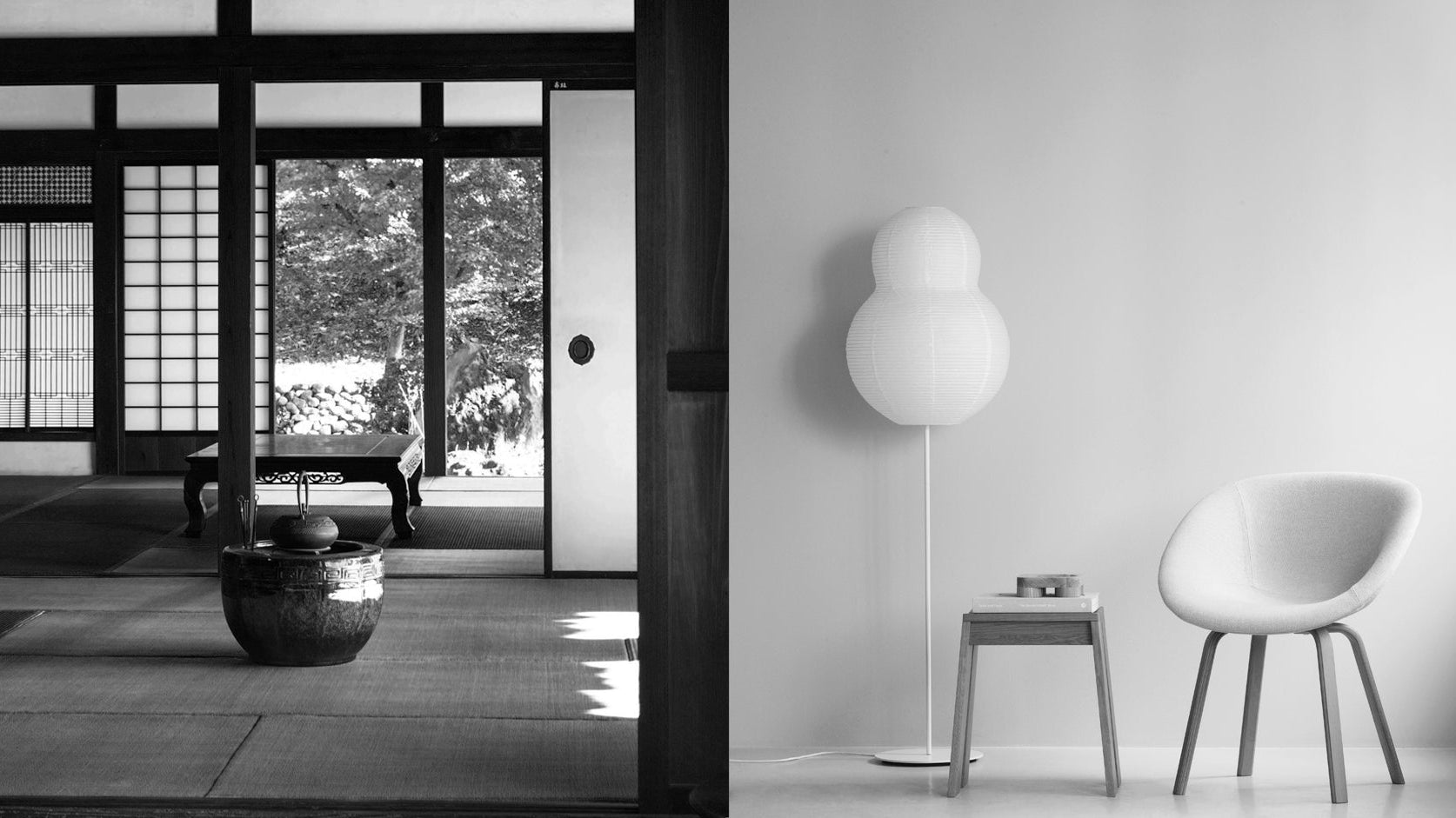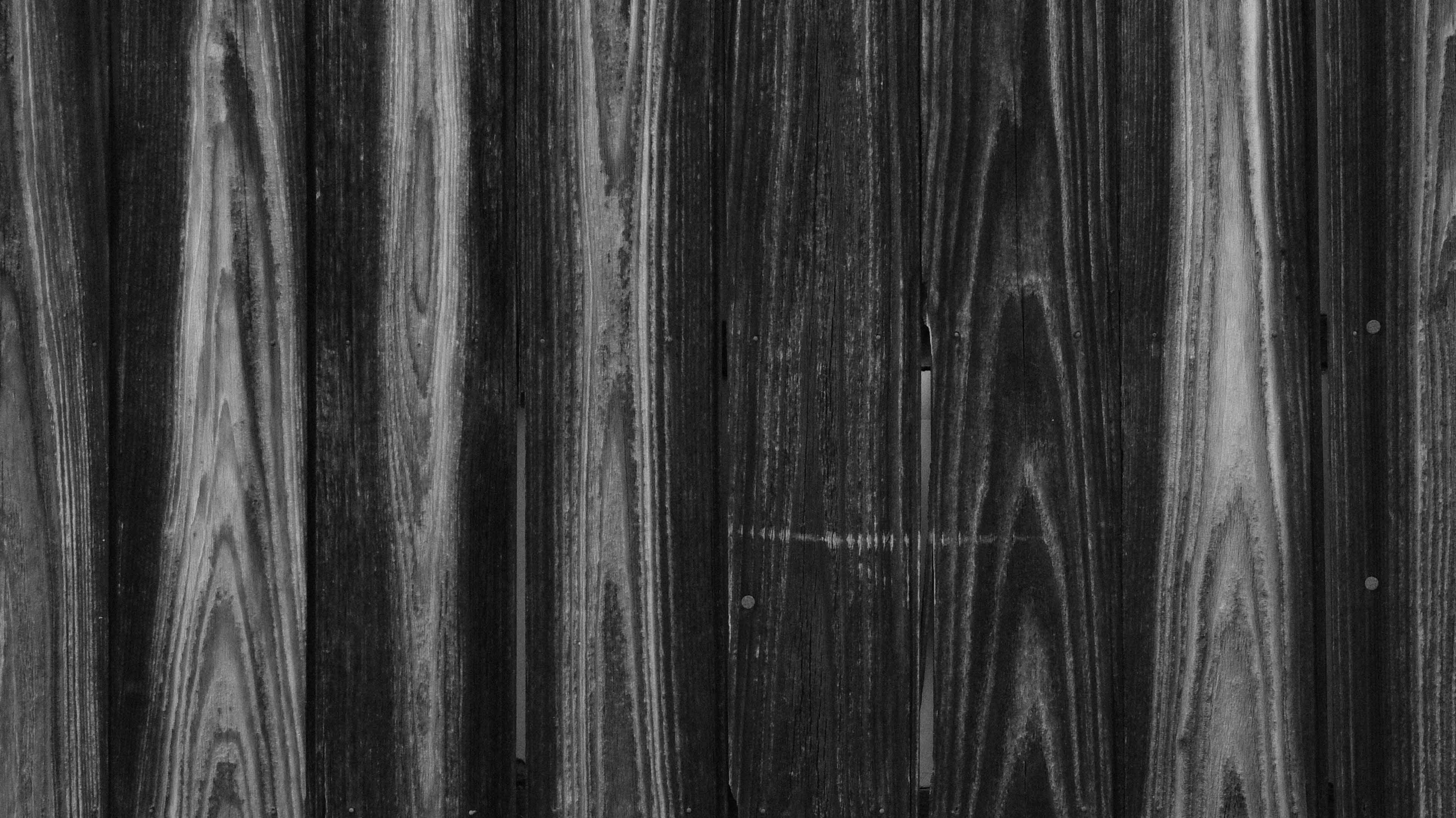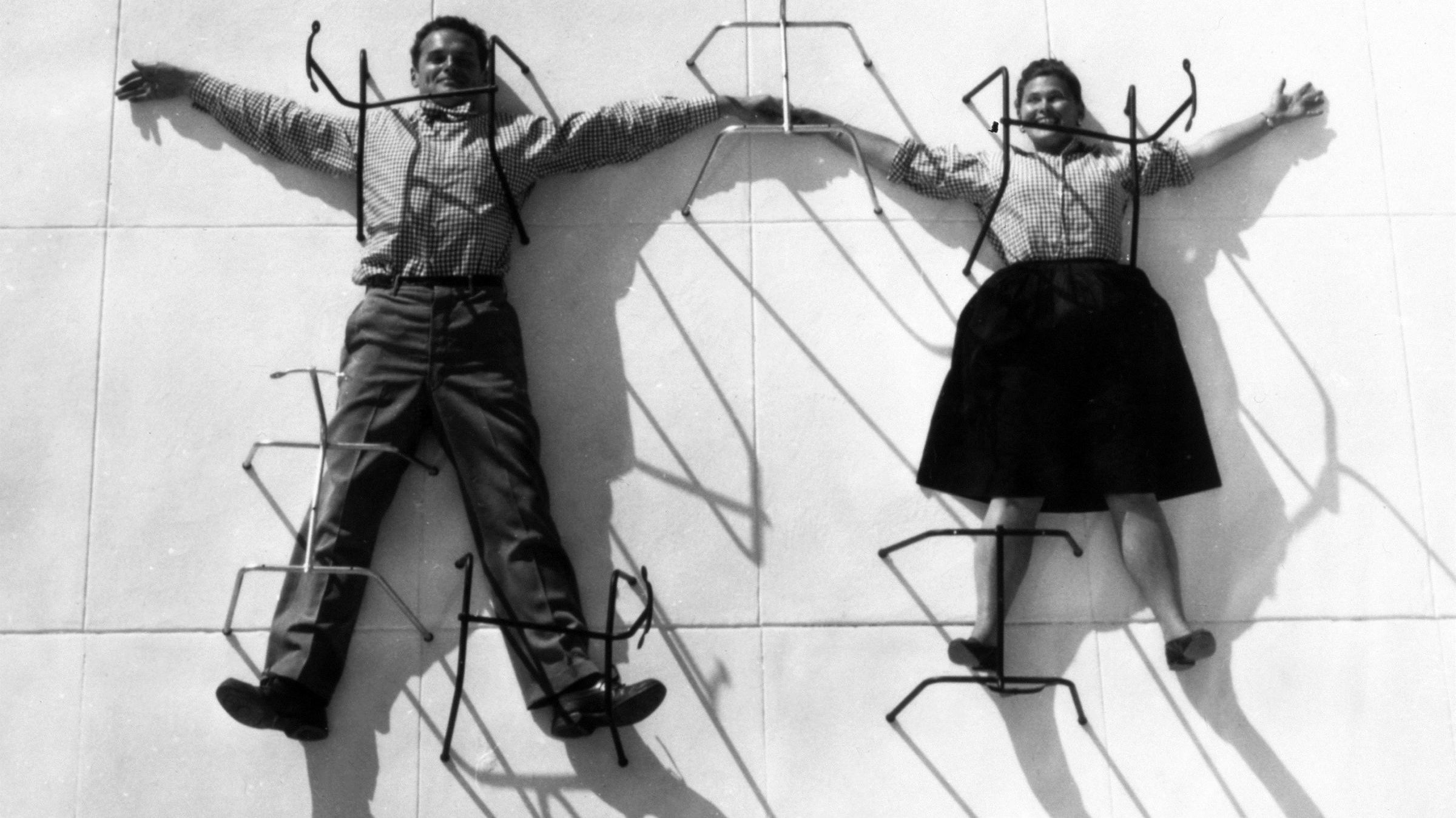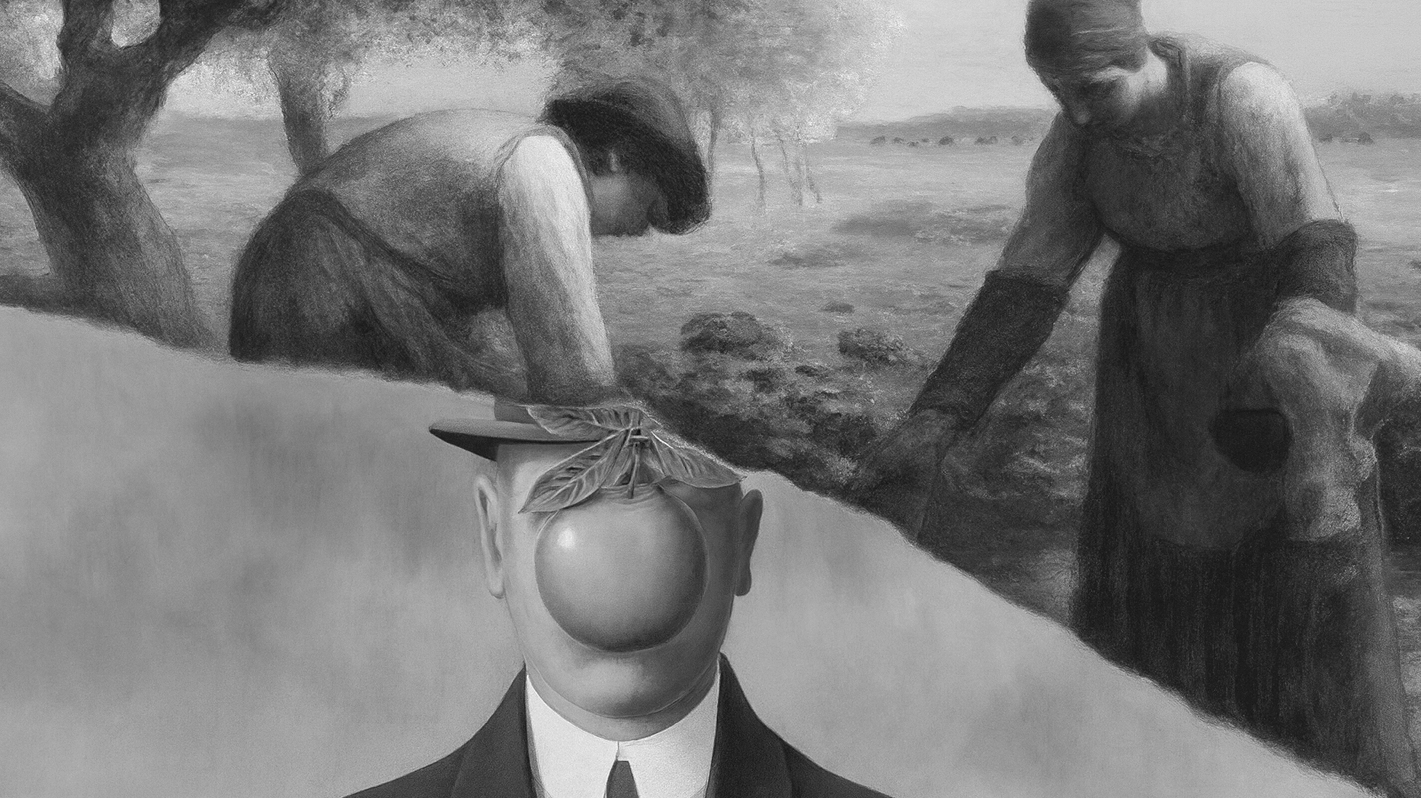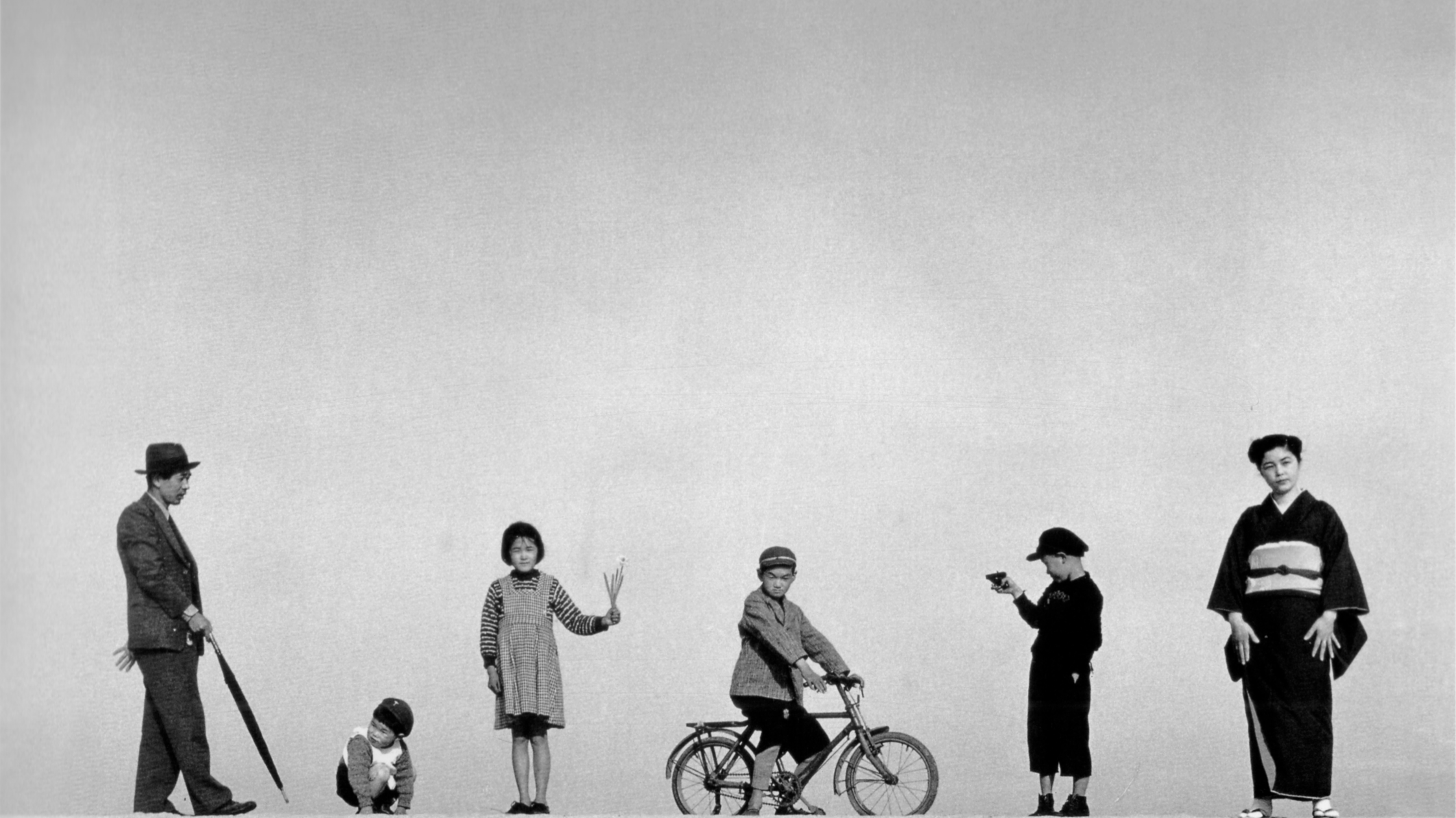Issey Miyake is a Japanese fashion designer who laid the foundation in Paris for avant-garde designers worldwide. His name became a global byword for cutting-edge fashion in the 1980s. Issey Miyake's influence extends beyond fashion, embodying a harmonious blend of tradition, technology, and artistic innovation. In this article, we would like to share 8 things about Issey Miyake that might help you learn more about this legend of Japanese fashion.
(Issey Miyake: 8 Things You Should Know About the Japanese Fashion Legend - dans le gris)

Issey Miyake, New York, 1988 | Photograph by Irving Penn | © The Irving Penn Foundation.
(Issey Miyake: 8 Things You Should Know About the Japanese Fashion Legend - dans le gris)
1. Issey Miyake is Not His Original Name
Issey Miyake, originally named Miyake Kazumaru, was born on April 22, 1938, in Hiroshima, Japan. His childhood was marked by the tragic events of the Hiroshima bombing, which he survived at the age of 7. Regrettably, his mother did not share the same fate.
In 2009, Issey Miyake spoke publicly for the first time about his experiences as a survivor of the nuclear attack on Hiroshima, a topic he had avoided discussing throughout his career to prevent being solely recognized as "the designer who survived the atomic bomb." Reflecting on the haunting memories, Issey Miyake shared, "When I close my eyes, I still see things no one should ever experience: a bright red light, the black cloud soon after, people running in every direction trying desperately to escape—I remember it all." Sadly, within three years, his mother succumbed to the effects of radiation exposure.
(Issey Miyake: 8 Things You Should Know About the Japanese Fashion Legend - dans le gris)
2. The "Pleats Please" Collection— Inspired by Dance
The "Pleats Please" collection has become one of Issey Miyake's most iconic creations. In the late 1980s, he began experimenting with new pleating methods, aiming to provide wearers with both flexibility in movement and ease of care and production.
The inspiration came from Issey Miyake's involvement in creating pleated costumes for the first performance of William Forsythe's new production, "The Loss of Small Detail," for the Frankfurt Ballet. Observing the dancers during rehearsals, Issey Miyake was struck by their immediate engagement and freedom of movement in the pleated costumes. He recalled, "From the moment they slipped into their costumes, they just started to move. They were crazy about my pleats. That's when it hit me: if dancers with such a wide range of body types and heights had so much fun wearing them, ordinary people might, too."
This revelation led to the development of the "Pleats Please" range, and Issey Miyake was inspired to use dancers as models to showcase his work. The finished garments feature permanent pleats, allowing them to be washed and air-dried without losing their shape. "Pleats Please" embodies Issey Miyake's fundamental concept: "Design is not for philosophy; it's for life."
(Issey Miyake: 8 Things You Should Know About the Japanese Fashion Legend - dans le gris)

Raquel Zimmermann wears vintage Issey Miyake, photographed by David Sims for V Magazine, 2007.
(Issey Miyake: 8 Things You Should Know About the Japanese Fashion Legend - dans le gris)
3. Issey Miyake's Silent Collaboration with Irving Penn
In 1983, Irving Penn was commissioned to photograph Issey Miyake's clothes for an editorial feature in US Vogue. This caught Issey Miyake's attention, marking the commencement of a collaboration that would endure for 13 years. However, the relationship between the two men remained a curious distance, characterized by silent communication. Issey Miyake never attended the photo sessions, and Irving Penn never went to one of Issey Miyake's fashion shows. Surprisingly, they never even discussed what they were trying to achieve, and this is also the reason Issey Miyake appreciated it. For him, collaboration should be surprising. As Issey Miyake later commented: "I was looking for one person who could look at my clothing, hear my voice and answer me back through his own creation. I searched long for such a person and found in Penn-san. Through his eyes, Penn-san reinterprets the clothes, gives them new breath, and presents them to me from a new vantage point."
(Issey Miyake: 8 Things You Should Know About the Japanese Fashion Legend - dans le gris)

Issey Miyake, Staircase Dress (1994) by Irving Penn.
(Issey Miyake: 8 Things You Should Know About the Japanese Fashion Legend - dans le gris)
4. A-POC— Sustainability and Technology in Fashion
Issey Miyake's approach involves "thinking outside the box." Unlike most fashion designers who typically begin with the design of the garment and then choose fabric to cut and sew together, Issey Miyake's creative process takes a unique path. He starts by studying a single thread and creating his material, a method that leads to the development of entirely new clothing.
A prime example of this innovative philosophy is "A-POC," standing for "A Piece of Cloth." Introduced by Issey Miyake in collaboration with Dai Fujiwara, A-POC is a revolutionary concept in fashion first presented in 1998. It represents one of the earliest instances of incorporating computer programming into clothing production. A-POC is designed to emphasize the two-dimensional quality of cloth and minimize waste. The garments are produced in machine-made rolls of knit fabric, pre-sewn or fused with finished patterns, resulting in a puzzle of monochromatic articles that leave virtually no wasted material behind. The Museum of Modern Art (MoMA) in New York houses one of the earliest iterations of A-POC (QUEEN) in its permanent collection, highlighting the seamless integration of technology, sustainability, and artistry in Issey Miyake's groundbreaking approach to fashion.
(Issey Miyake: 8 Things You Should Know About the Japanese Fashion Legend - dans le gris)

Issey Miyake, Fujiwara Dai A-POC Queen Textile. 1997
(Issey Miyake: 8 Things You Should Know About the Japanese Fashion Legend - dans le gris)
5. Steve Jobs' Iconic Turtleneck— A Custom Design by Issey Miyake
This story is quite well-known; however, it is still worth telling since Issey Miyake and Steve Jobs are legends in different fields. How did their relationship start? In his biography of Steve Jobs, author Walter Isaacson details how Steve Jobs gravitated toward the Japanese style. The story began with a trip to Japan in the 1980s when Steve Jobs visited Sony and observed that all workers in the factories were wearing matching uniforms. Steve Jobs asked Akio Morita, then the chairman of Sony, about it. "He looked very ashamed and told me that after the war, no one had any clothes, and companies like Sony had to give their workers something to wear each day," Steve Jobs said. However, Issey Miyake had worked with Sony to create a taupe nylon jacket that easily converted into a vest courtesy of removable sleeves. The uniforms became part of Sony's "signature style" and "it became a way of bonding workers to the company."
(Issey Miyake: 8 Things You Should Know About the Japanese Fashion Legend - dans le gris)

Steve Jobs created a personal uniform for himself that featured a black turtleneck from Japanese designer Issey Miyake.
Initially, Steve Jobs decided to do the same thing for Apple, but everybody hated the idea. Ultimately, Issey Miyake made his black turtlenecks—hundreds of them, which also became his significant outfit. Steve Jobs said it was enough to last him the rest of his life.
(Issey Miyake: 8 Things You Should Know About the Japanese Fashion Legend - dans le gris)
6. Guest Artist Series— Bridging Fashion and Art
Between 1996 and 1998, Issey Miyake collaborated with four different artists for his Guest Artist series, including Cai Guo Qiang, Yasumasa Morimura, Nobuyoshi Araki, and Tim Hawkinson. The series was Issey Miyake's attempt to bridge the gap between fashion and art and to create an "interactive relationship between art and the person who admires it." By wearing the artworks upon their bodies, the wearers interacted with fashion and art simultaneously. Given the undefined nature of Issey Miyake's Pleats Please, it potentially takes on an entirely different form according to different body types, making the series even more unexpected.
(Issey Miyake: 8 Things You Should Know About the Japanese Fashion Legend - dans le gris)

Issey Miyake's Guest Artist Series No.1: Yasumasa Morimura, 1996.
(Issey Miyake: 8 Things You Should Know About the Japanese Fashion Legend - dans le gris)
7. Not Only a Fashion Designer but Director of a Design Museum
21_21 DESIGN SIGHT opened in spring 2007 in Tokyo. The idea for a design museum originated from conversations between Issey Miyake, the sculptor Isamu Noguchi, and the architect Tadao Ando in 1988. The discussion eventually turned to the necessity of a venue to promote design in Japan. The trio agreed to turn this concept into reality. The first manifestation of this design museum was 21_21 DESIGN SIGHT.
(Issey Miyake: 8 Things You Should Know About the Japanese Fashion Legend - dans le gris)

Issey Miyake (right), Isamu Noguchi (center), and Ando Tadao (left) chatting in New York in May 1988.
Issey Miyake contributed an essay titled "Let’s Create―Design Museum" to the January 28th evening edition of the Asahi Shimbun newspaper. His mention of Japan's lack of a museum devoted to design garnered significant attention. As an unexpected result, Issey Miyake gained numerous backers and advocates interested in helping him realize his dream. For Issey Miyake and Tadao Ando, the idea of the design museum became a dying wish inherited from Isamu Noguchi.
(Issey Miyake: 8 Things You Should Know About the Japanese Fashion Legend - dans le gris)
8. Issey Miyake's Origami-Inspired Illumination
The design contributions and innovations of Issey Miyake extend beyond fashion to include lighting. Conceived by Issey Miyake and his Reality Lab and brought to life by Artemide, the "IN-EI" collection draws inspiration from the art of origami, the traditional Japanese paper-folding craft. The name "IN-EI" translates to "shadow, shadiness, nuance" in Japanese. Issey Miyake's unique folding technology creates both statuesque forms and sufficient solidity. The structure of the recycled material, combined with additional surface treatment, allows these shades to maintain their shape perfectly without the need for an internal frame and to be reshaped when needed. They can be easily stored flat when not in use.
(Issey Miyake: 8 Things You Should Know About the Japanese Fashion Legend - dans le gris)

The IN-EI ISSEY MIYAKE lighting collection was co-developed and manufactured by Artemide.
(Issey Miyake: 8 Things You Should Know About the Japanese Fashion Legend - dans le gris)
Continue Reading:
• Elsa Schiaparelli: Where Surrealism Art Meets Haute Couture
• Deconstruction in Fashion: Definition, Characteristics, and Designers
• Yves Saint Laurent: Shaping Women's Empowerment Through Fashion
(Issey Miyake: 8 Things You Should Know About the Japanese Fashion Legend - dans le gris)
About Us
Dans Le Gris is a brand that started with everyday jewelry, blending minimalist and artistic elements. Our core mission is to enrich everyday life with pure, timeless, and distinctive designs.
(Issey Miyake: 8 Things You Should Know About the Japanese Fashion Legend - dans le gris)
In our journal, we provide irregular updates featuring articles about art, culture, and design. We aspire to furnish our readers with profound insights and inspiration across a broad array of creative subjects. From the daily inspirations found in art and design to the timeless beauty of traditional craftsmanship and philosophy, our curated content encompasses diverse aspects of life. We hope you enjoy our content, and thank you for being here.

